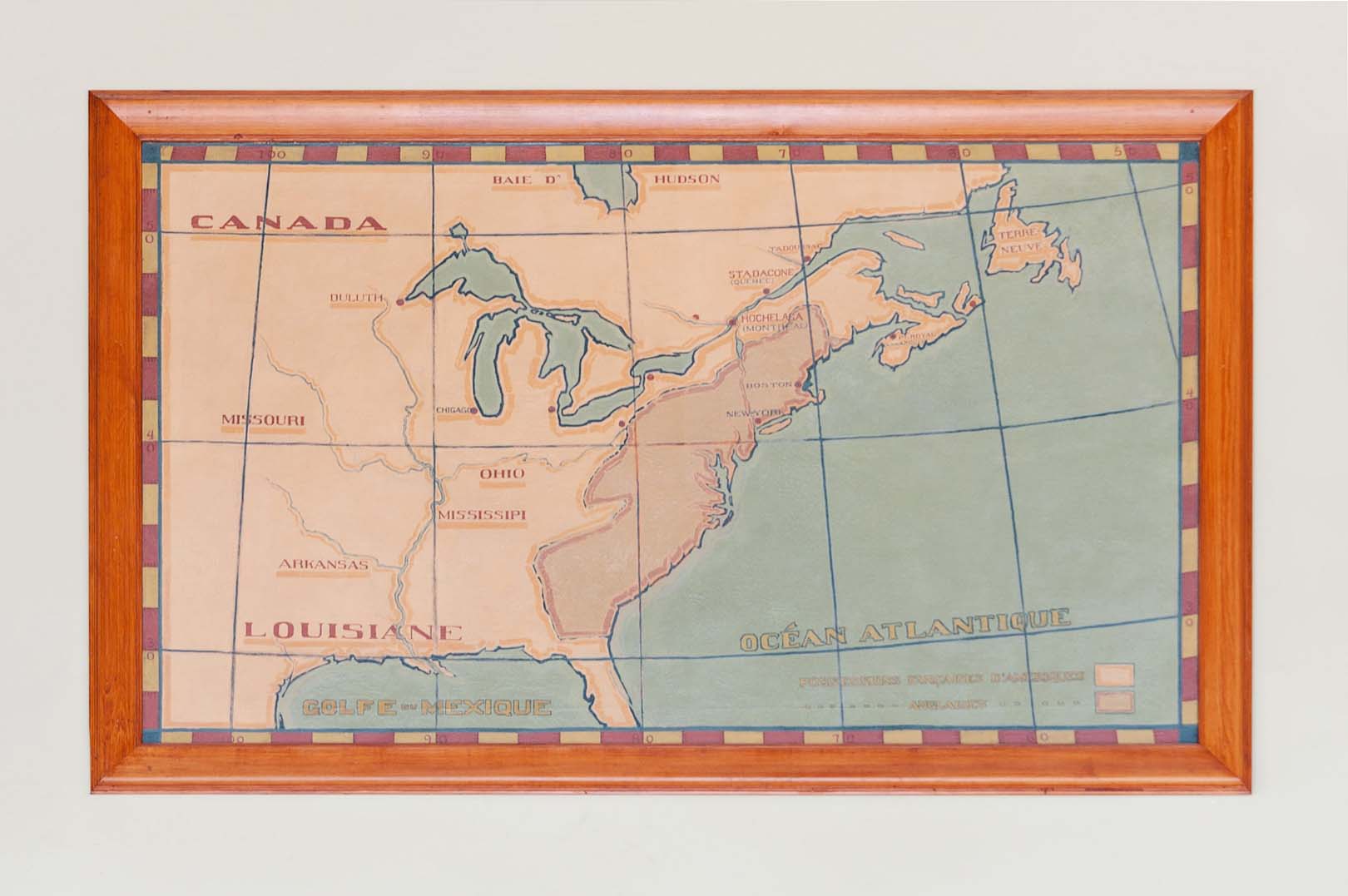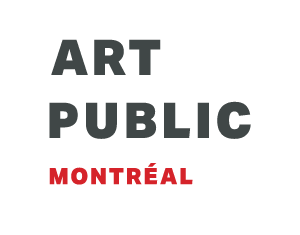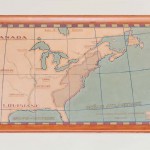

Born in 1905 in Saint-Hilaire, Quebec, Paul-Émile Borduas is a key figure in Canadian art history. His monumental accomplishments in painting and in writing have forever marked contemporary pictorial aesthetics. First and foremost a painter, he is also recognized as an accomplished teacher, theorist, essayist and critic. When the revolutionary manifesto “Refus Global” fell like a bomb on the Montreal cultural scene on August 9th, 1948, its principal instigator and proponent – Borduas – sided by fifteen other signatories, posed an aesthetic and political gesture whose plastic and ideological impact cannot be undermined.
Borduas’ first encounter with art began as an involvement with religious art. At the age of seventeen he was already assisting Oziaz Leduc in the decor of churches in and around Quebec. He then pursued his artistic training at L’École des beaux-arts de Montréal from 1923 to 1927. He obtained a permanent position at l’École du meuble de Montréal in 1939, where he became acquainted with a new generation of artists with whom he eventually formed the Automatists group. Influenced by European avant-garde movements such as Surrealism, Fauvism and Cubism, he began experimenting with abstraction and obtained his first solo exhibition in 1942. Propelled by his desire to express a profound subjectivity as well as by his convictions regarding the need for political, social and cultural renewal to which he thought art should contribute, he devoted himself more seriously to oil painting and embarked on the path that would lead him to “automatist” painting and to the release of “Refus Global” in 1948. This manifesto, signed by Borduas and 15 other signatories including Jean-Paul Riopelle, Marcel Barbeau, Jean-Paul Mousseau and Françoise Sullivan, triggered a flood of reactions in Quebec by challenging preconceived notions and denouncing the conventional values of a society left in the dark by its blind attachment to traditional customs as well as to the sovereign authority of the Catholic church. Expelled from his teaching position at École du meuble due to his radical views, Borduas dedicated himself to this revolutionary project. The Automatists grew in popularity in Montreal during the period 1948-1953, but the group gradually dissolved when members began to follow separate paths. After a two year stay in New York City, where his aspirations to position himself on the international arts scene were never fully realized, he moved to Paris in 1955. The influence of American Abstract Expressionism can be seen in his work – especially watercolors – from that period. It was in Paris, however, that Borduas reached full artistic maturity, creating masterpieces characterized by an emphasis on contrasts and by the calculated arrangement of dark patches on a textured white ground. Masterpieces from that period include L’Étoile noire [Black star] (1957). Borduas passed away in Paris on February 22, 1960.
Source: Musée d’art contemporain de Montréal, 2015.

- 27 Artworks
- 1h30min
- Lac-aux-Castors Pavilion
 Chalet du Mont-Royal
Chalet du Mont-Royal 

